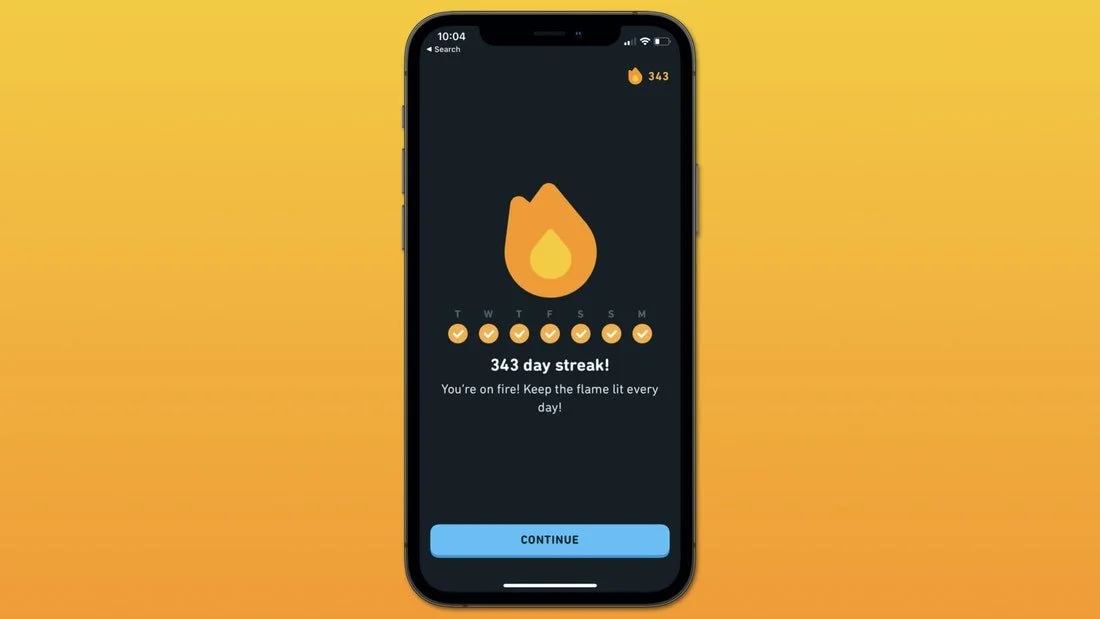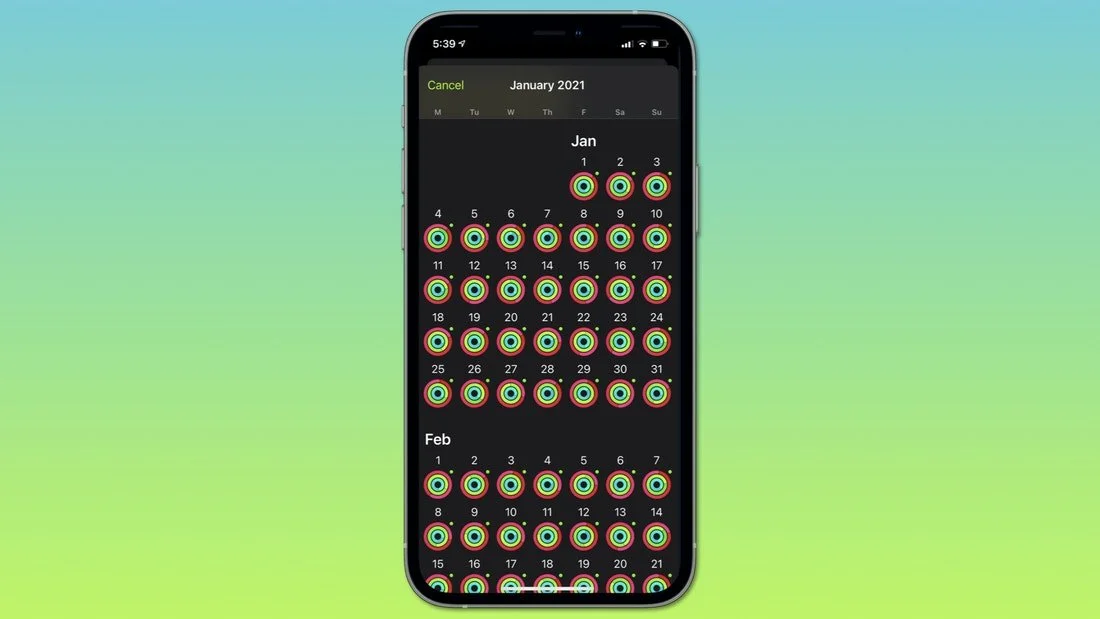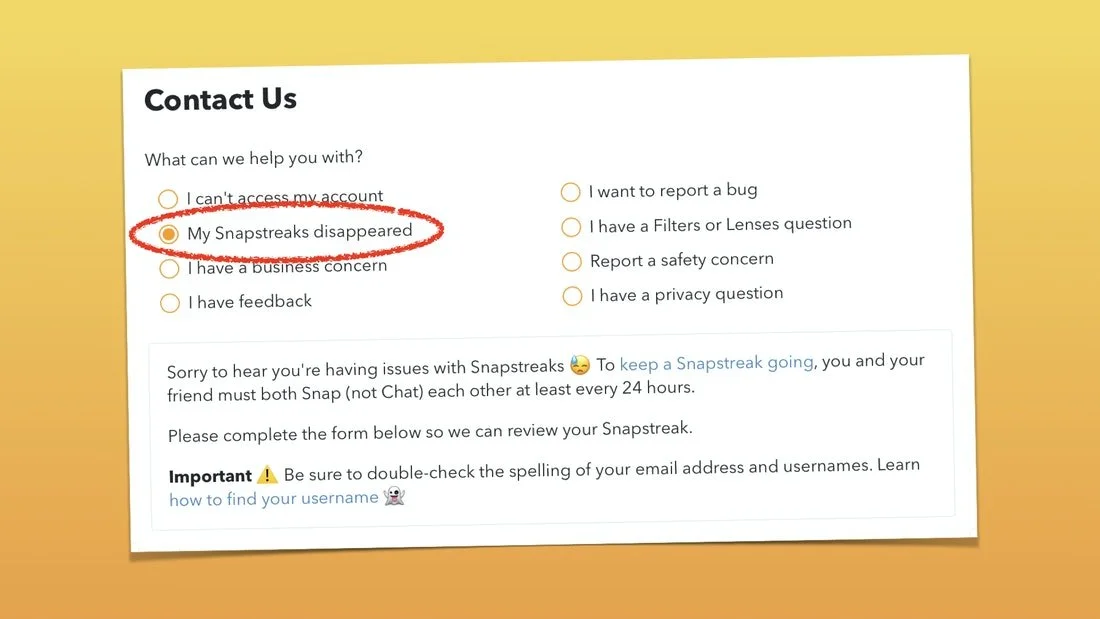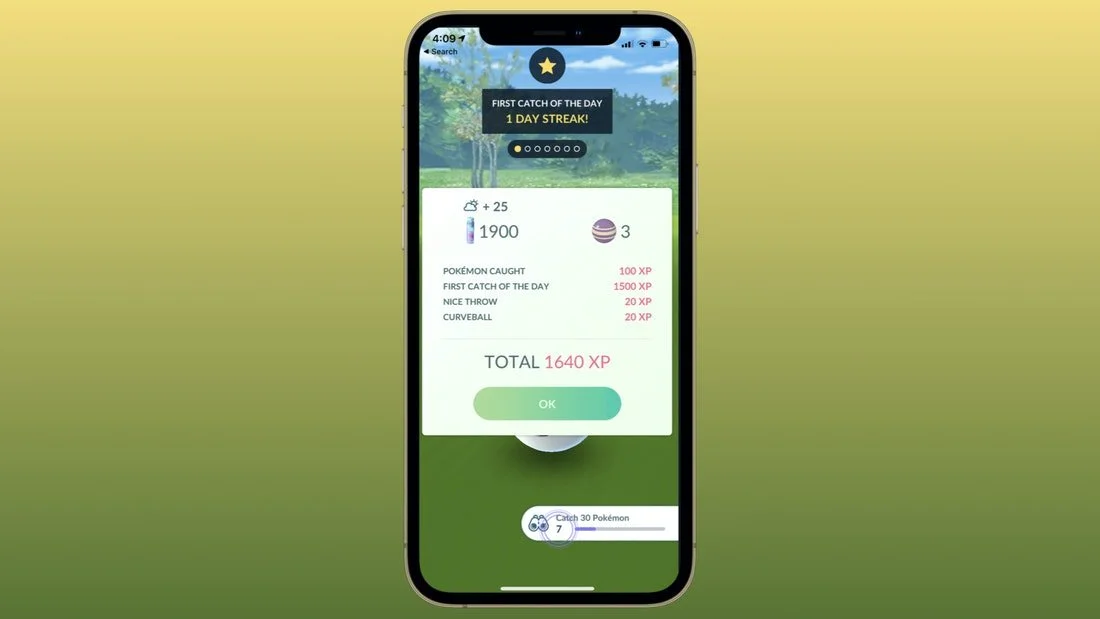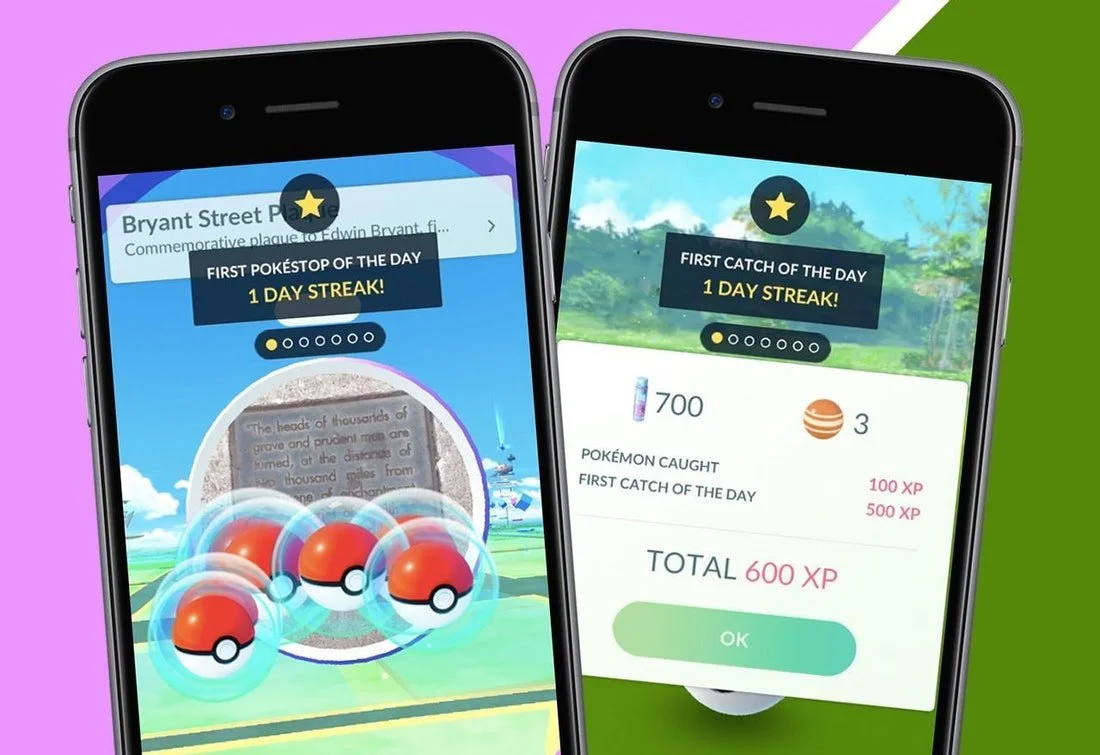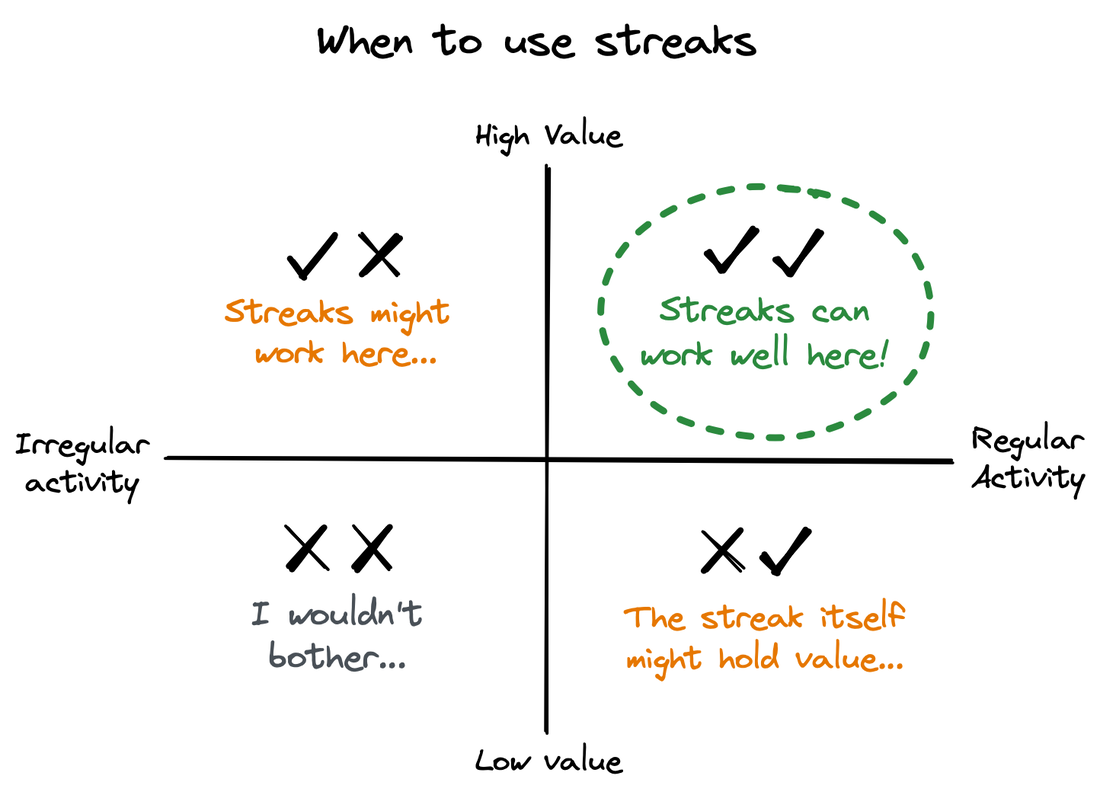How streaks motivated me to exercise 100 days in a row
Get started with streaks - a popular software design pattern that encourages habit-formation
It’s 10pm and I’m pacing rapidly around my house while writing this, much to the amusement of my wife and our cat.
Why am I doing this?
Simple. I have 15 KCal left to burn today in order to close my Apple Move Ring.
So close… yet so far away
Closing my Activity rings every day is something I decided to try and do as a New Years resolution.
It’s fun but it can be tough going as well. On some slower days I find myself needing to squeeze in an awkward late night house-pacing session just to close them.
I didn’t do this last year, so why am I so motivated to do it now?
Well it turns out that streaks can be a powerful design pattern when it comes to encouraging people to take on new habits (or avoid bad habits).
So if you’re designing software that you want people to use on a regular basis then implementing a streak system might just work for you.
Intrigued? Let’s explore what streaks are further and when you might want to use them.
What are streaks?
A streak is an uninterrupted sequence of successes.
You may have heard of winning-streaks in sports, but more recently streaks have become a common design pattern that has found its way into websites and smartphone apps.
The way streaks generally work is that a streak counter increments by one every time a specific activity is completed (e.g., reaching 10,000 steps in a day). If you fail to complete the activity, then your streak counter resets back to zero and you have to start again.
Streaks are being used in a wide-range of contexts.
One of the most well-known implementations of streaks can be found in the language learning platform Duolingo. Simply reach your learning goal each day and your streak will increase.
Call emergency services because my wife’s Duolingo streak of 343 days is on FIRE
You can also find streaks being used in exercise apps, such as the Apple Fitness app, where you can earn streaks for completing your Move, Exercise or Stand goals each day.
In this app each goal is represented by a different coloured ring that closes when it’s completed for the day.
🎵 Cause if you liked it then you should have closed a ring on it
Streaks are even being used in social apps as a way to encourage regular interaction. For example, Snapchat will give you a Snapstreak when you and your friend send a Snap to each other within 24 hours for more than three consecutive days. The streak increases as long as a Snap is sent back and forth every day.
The contact us page on Snapchat’s website is a good indication that Snapstreaks must be popular as the third option for help is to do with losing a Snapstreak…
Let’s take a moment for the Snapchat support team who likely have to review a torrent of Snapstreak issues 🙏
Streaks are also found in video games, particularly mobile games, as a way to encourage you to return each day to play. The augmented reality game Pokémon Go has a streak available for your first catch, and first Pokéstop visit, of the day.
Gotta catch ‘em all… or at least one per day for the foreseeable future
Ultimately the purpose of a streak is to try and encourage you to create a new habit. In this way, streaks can be a useful design pattern to add when you’re trying to introduce a new behaviour that you want to become regular and ingrained.
In my case with my Apple Activity streaks I wanted to try and exercise each day, and so far I’m still motivated after 100 days in a row. So something is clearly working, but what exactly is it about streaks that is motivating?
Why are streaks motivating?
Here are three reasons why streaks can be motivating:
Streaks are rewarding 🏆
Seeing a number tick up every time you achieve your goal can be motivating, particularly as the number gets bigger and bigger and if the goal you’re achieving is important to you.Streaks represent progress 💪
The streak counter represents effort and investment into an activity you value. A larger number can fill you with pride, in that you’ve manage to maintain a streak for so long.Losing a big streak is terrifying 😱
Another motivating element of streaks is that the bigger a streak becomes, the greater we want to avoid losing it. Each time it ticks up by one, that’s one extra day needed to achieve it again if it resets. Therefore, you don’t want to lose a streak, particularly if it’s a long streak. This feeling can be attributed to loss aversion, which is a cognitive bias where you feel the pain of loss twice as intensively than the equivalent pleasure of gain. As a result of this, people will generally try to avoid losses whenever possible, such as a large streak.
So these are some reasons why a streak can be so motivating, to the point where some people in Duolingo have managed to maintain a streak longer than 3,000 days (which is over 8 years)!
And if you think that’s impressive, check out Jon Sutherland who has the highest streak on Run Every Day where he has managed to run at least 1 mile everyday for the last 52 years!
Clearly the argument for using streaks is strong, but does this mean you should starting using them to encourage every behaviour you want to promote?
When to use streaks?
So you have an activity you’ve identified that you’d like to encourage. Great!
Should you add a streak to it in order to try and turn it into a habit? Maybe.
I’ve found that streaks work best when the activity you want to promote has two key traits:
The activity is achieved at a regular interval. ⏱
There is some internal or external value to that activity. 😍🤩
Let’s break these two traits down further.
Regular interval
Streaks are not going to work for you if the activity you want to encourage is a one-time behaviour (e.g., sign up for your new app or service).
Streaks are also not going to work that well for an activity performed irregularly if there is no sense of urgency to complete it.
Generally the point of implementing a streak in your design is to encourage a new habit to form where an activity needs to be completed regularly within a certain timeframe (i.e., every day or every week).
Internal or external value
The second important requirements for a streak to work is that it needs to be attached to an activity of value. What I mean by this is that the activity is something you want to do (or avoid doing), but you might be lacking the motivation to regularly achieve it.
Now the value of the activity can be internal - for example if you use Duolingo there’s a good chance you’re motivated to learn the language because it aligns with your internal values (e.g., you want to travel to a country and it’s important that you can be able to get around easier and talk to the people in their native tongue).
Or the value of the activity can be external, where the activity doesn’t really interest you but you will receive a reward for completing it. For example, in Pokémon Go you receive bonus experience points when you increase your daily streak.
Note the bonus XP for the first catch of the day. Image Source: Slashgear
In these cases when you’re providing an external reward you might need to keep increasing the reward over time to keep people coming back. But after returning a few times you may have just helped to create a new habit.
Where to from here?
So, to summarise!
If you’ve got a high value, regular activity you want to encourage then streaks might just work for you.
Here’s a useful model for you that summarises this thinking. Feel free to use it to help guide you in the future when you might be thinking about using streaks.
Knowing when to use streaks is good and all, but how do you effectively design and implement a streak in your app or website?
Well, there are some things you can do to make streaks more effective (such as using streak freezes which Duolingo offers), but we’ll dive into streak design in the next issue of this newsletter. Stay tuned!
Have you got a question about streaks that you’d like to ask? Or maybe you’d like to see another gamification design pattern featured? Email me!
If you found this post valuable then consider sharing it with someone who you think might also get value from it. 🙏

